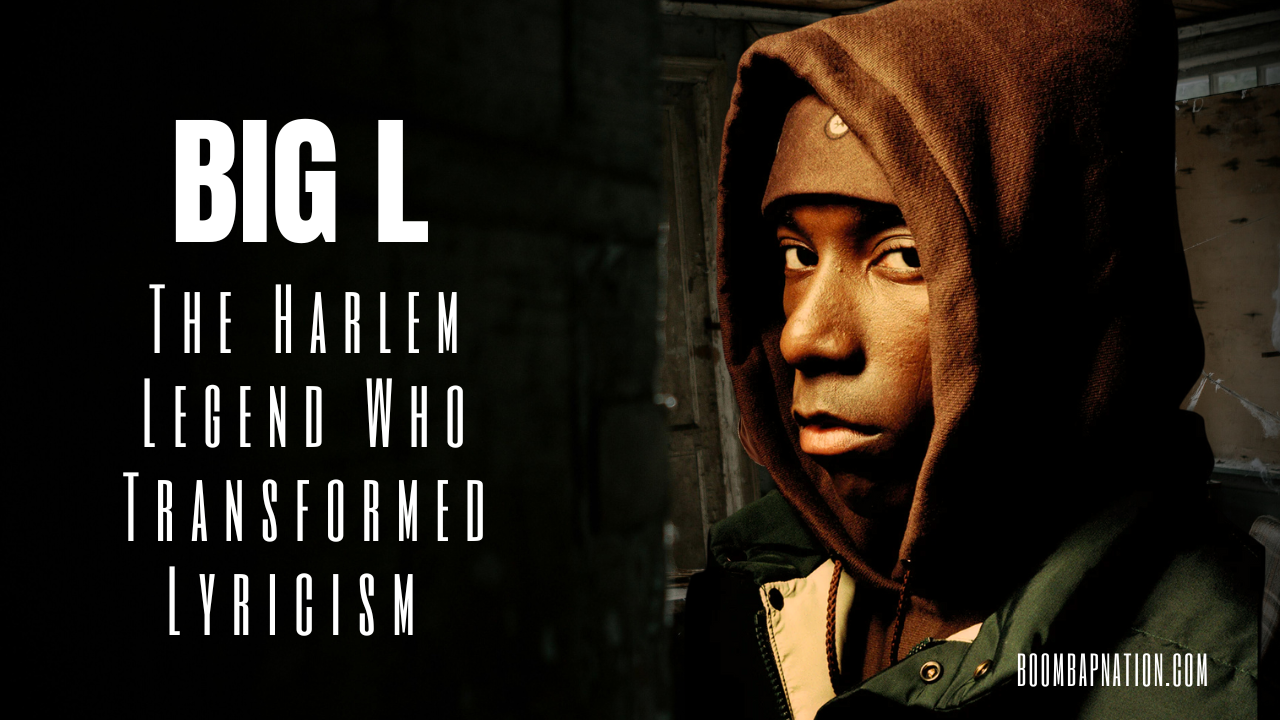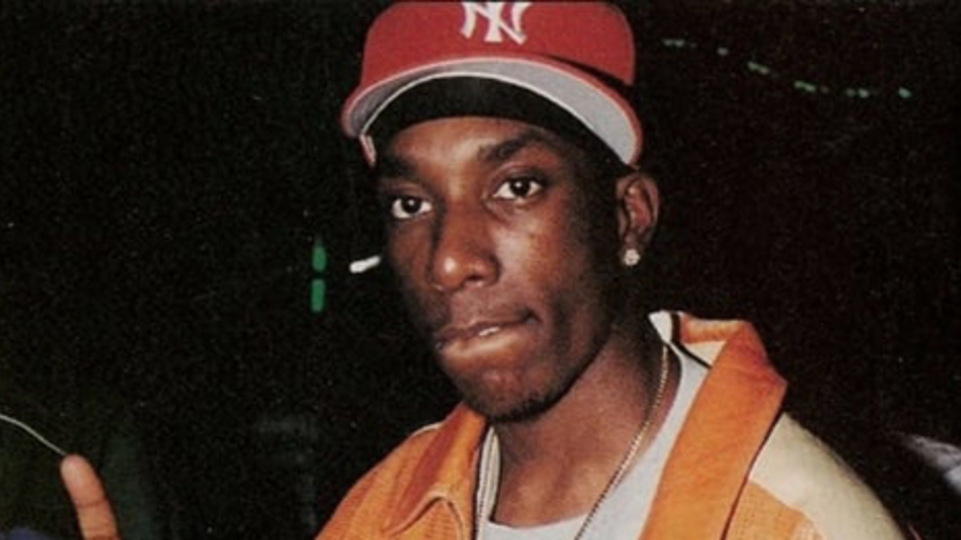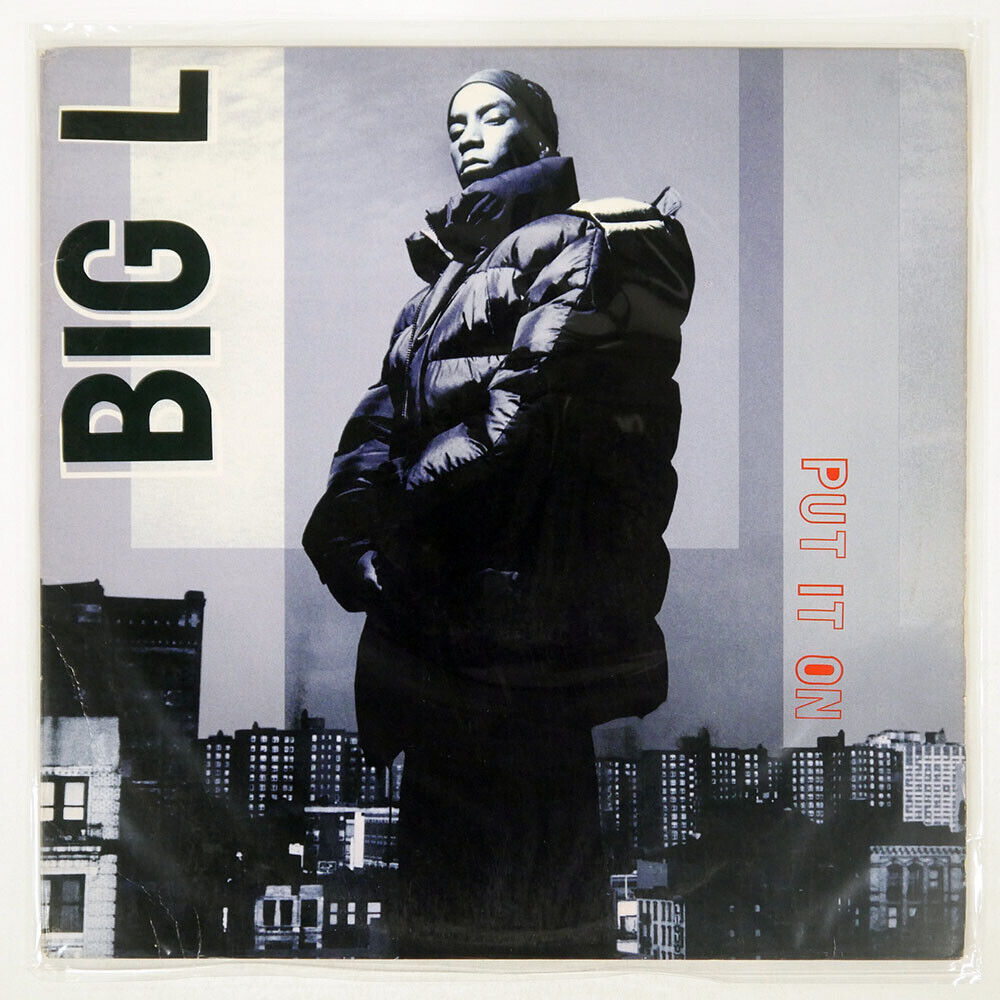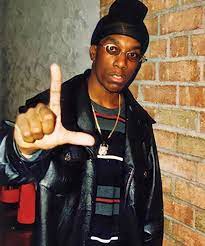Early Life and Introduction to Hip Hop
Born Lamont Coleman in Harlem, New York, on May 30, 1974, Big L grew up in a tough environment that shaped his gritty and raw lyrical style. After his father left, he was raised by his mother, Gilda Terry, the youngest of three children. From an early age, Big L was drawn to Hip-Hop, gaining recognition in his neighborhood for his sharp freestyling abilities.
By the age of 12, he was battling local rappers on street corners, and in 1990, he formed a short-lived rap group called Three the Hard Way. That same year, a pivotal moment occurred when he met Lord Finesse at an autograph signing. After an impressive freestyle, the two exchanged numbers, leading Big L to become an unofficial member of Diggin’ in the Crates Crew (D.I.T.C.), a legendary collective of lyricists and producers.
The Rise: From Battles to Record Deals
Big L attended Julia Richman High School, where he honed his craft in rap battles and cyphers. His reputation grew after winning a freestyle contest against 2,000 competitors. By 1993, he signed with Columbia Records, marking the beginning of his professional career.
In 1993, he released the underground single “Devil Son”, often credited as one of the first horrorcore rap songs. He followed up with “Clinic”, before dropping his first major single, “Put It On”, in 1994. The song gained traction on underground radio and remains a classic.
Lifestylez ov da Poor & Dangerous (1995)
In 1995, Big L released his debut studio album, Lifestylez ov da Poor & Dangerous, which solidified him as a premier lyricist. The album peaked at #149 on the Billboard 200 and produced hit singles like:
- 🎤 “Put It On”
- 🎤 “M.V.P.”
- 🎤 “No Endz, No Skinz”
Although the album wasn’t an instant commercial success, it became a cult classic due to its raw lyricism and storytelling.
The Split from Columbia and the Formation of Flamboyant Entertainment
After his debut album, Columbia Records dropped Big L in 1996 due to creative differences. Determined to maintain control over his music, he founded Flamboyant Entertainment, his independent label.
In 1998, he released “Ebonics,” a track that poetically deconstructed street slang. The song was praised for its creativity and became a defining moment in Big L’s career.
His independent grind caught the attention of Damon Dash, CEO of Roc-A-Fella Records, who planned to sign Big L along with his crew, The Wolfpack, which included Herb McGruff and C-Town. Unfortunately, tragedy struck before the deal could be finalized.
Tragic Death and Unsolved Murder (1999)
On February 15, 1999, Big L was shot nine times in the face and chest in a drive-by shooting in Harlem. Authorities believed it was retaliation related to his older brother’s street affiliations.
Posthumous Releases and Legacy
Despite his passing, Big L’s legacy continued through posthumous releases:
📀 The Big Picture (2000)
- Featured collaborations with Fat Joe, Big Daddy Kane, and Kool G Rap
- Certified Gold
- Peaked at #13 on the Billboard 200
📀 Other Notable Releases:
- Children of the Corn: The Collector’s Edition (2003)
- Return of the Devil’s Son (2010)
- The Danger Zone (2011)
- L Corleone (2012)
Big L’s Most Legendary Freestyle (With Jay-Z)
Final Thoughts: The Unfinished Story of Big L
Big L’s influence on hip hop is undeniable. His punchline-heavy delivery, complex rhyme schemes, and street storytelling set a new standard for lyricists. Though his life was cut short, his music inspires generations of MCs.
Did Big L Deserve More Recognition? Drop Your Thoughts Below!





Add comment